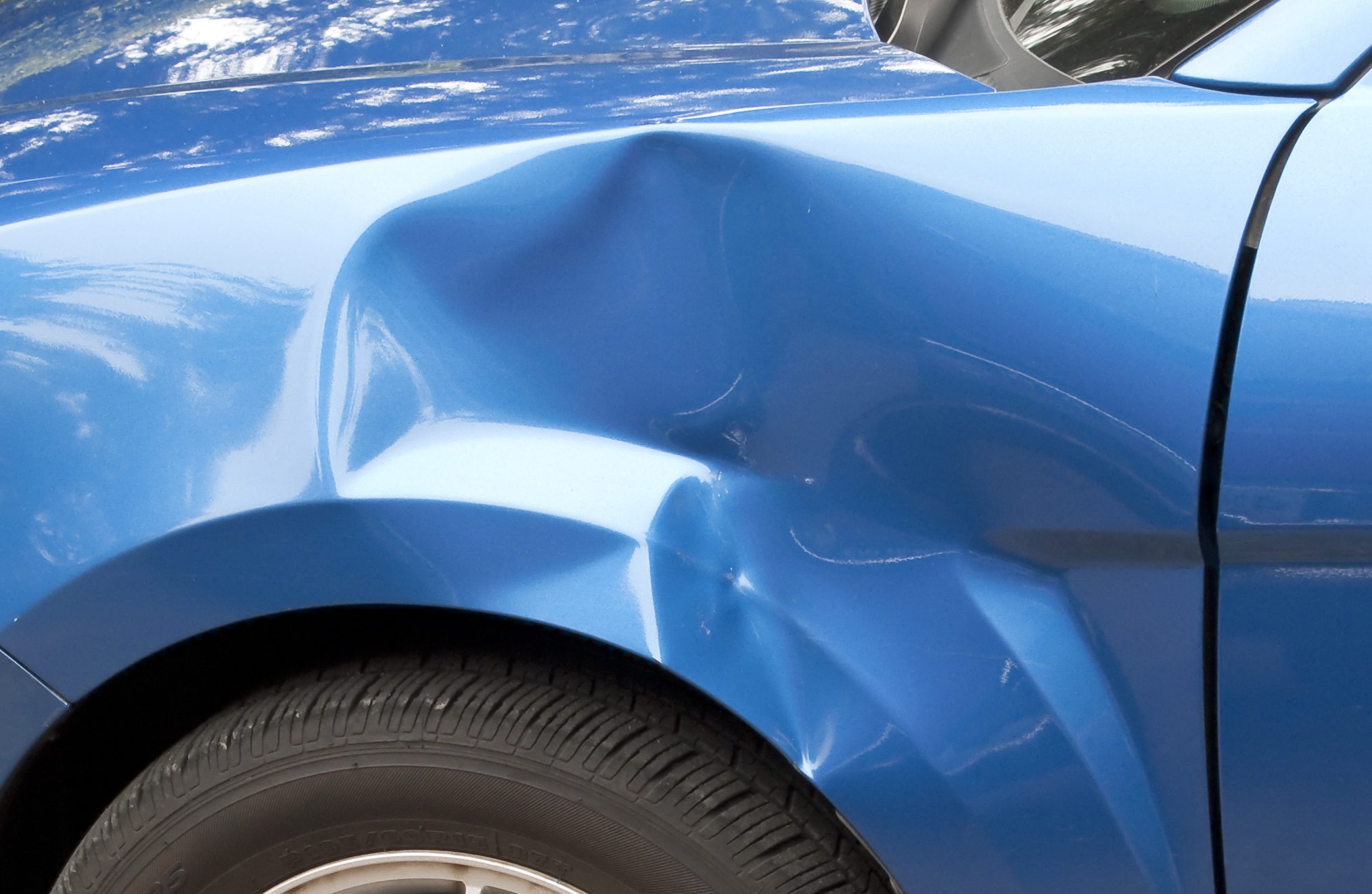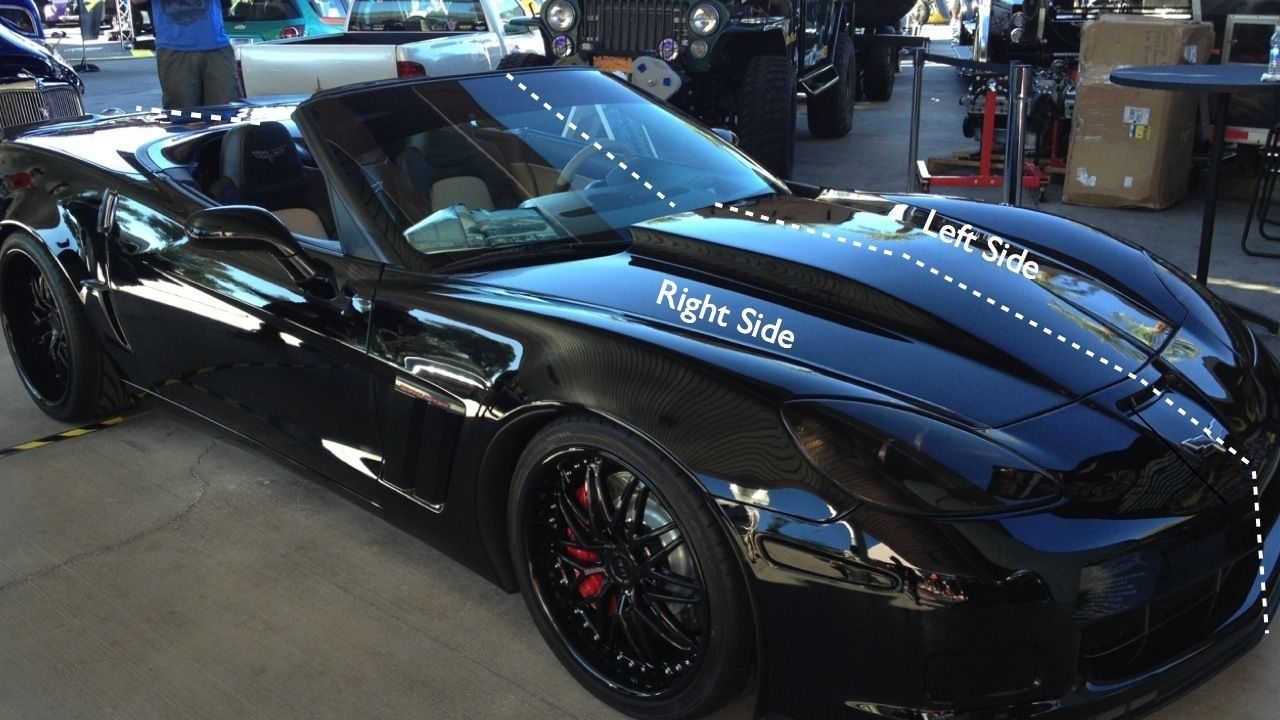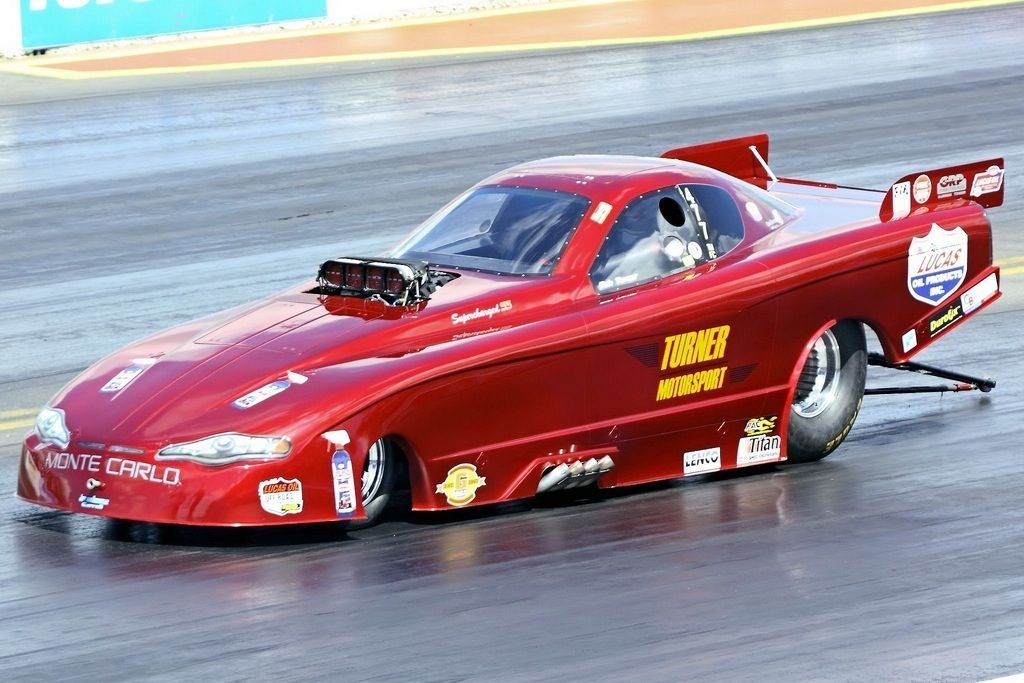These lessons are now open to help collision repair students learn from home. I am lifting the Patron fee to access this content during this time, as many schools are closed. However, I do appreciate your support and hope my Patrons continue to support this website and training.
If you would like to help and support this website, then I would greatly appreciate it. For more information visit. www.Patreon.com/CarAddictGarage
LESSON 1 – LESSON 2 – LESSON 3 – LESSON 4 – LESSON 5 – LESSON 6 – LESSON 7 – LESSON 8 – LESSON 9 – LESSON 10
Welcome to Auto Repair Estimating. These lessons are designed to provide you with the basics to Auto Estimating. I hope you enjoy the lesson. Donnie

Lesson 9 – Vehicle Construction
Understanding How Cars Are Made
”It’s a never ending battle of making your cars better and also trying to be better yourself” ~Dale Earnhardt
What This Chapter Covers:
This lesson is going to briefly cover vehicle construction. As an estimator, it is important to know how a vehicle is designed, the different types of frames, and the different metals and composites that are used in modern-day vehicles.
Why This Is Important:
As an estimator, it is important to know how a vehicle is designed, the different types of structures, and the different metals and composites that are used on today’s vehicles.
Topics Covered In This Chapter Include:
• Sections of a Vehicle
• Sides of a Vehicle
• Frame Types: (Body Over Frame, Unibody, Space Frame)
• Crush Zones
This chapter has been aligned with the following 2013 NATEF/ASE tasks:
•C:1 Identify type of vehicle construction (space frame, unibody, body-over-frame). HP-G
•C:2 Recognize the different damage characteristics of space frame, unibody, and body-over-frame vehicles. HP-G
•C:3 Identify impact energy absorbing components. HP-G
There are three basic sections of a vehicle—the front section (from the front windshield area to the front of the vehicle), the center section, also referred to as the passenger compartment (from the front windshield area to the back glass area), and the third area is the rear section (from the back glass to the rear of the vehicle). As an estimator, these are important to know because the front and rear sections are designed with crush zones, which crush and twist to absorb energy from the impact. The center section is designed to be stiff and strong to transfer energy from the accident around the passengers. Most damage from front-end and rear-end collisions is going to be in the front or rear sections of the vehicle.
Sides Of A Vehicle

The direction we face a car changes, but the sides of a car stay the same.
The car is divided into two sides: right and left. This establishes a centerline of the vehicle, which can be used for measuring. The way to determine which side is which is by sitting in the car facing forward like you are driving the car. Your right hand will be the right side, and your left hand will be the left side. Or, the driver’s side is always the left side, and the passenger side is always the right side. This will be helpful when recording the damaged parts to ensure you have the correct parts and when looking at vehicle specification information.
All of the frames on modern vehicles are designed with crush zones, but there are different types of frames.
Body Over Frame
Body over frame aka full frame, consists of two pieces: the frame and the body. With the body or body parts removed, the motor and suspension are still attached to the frame.
Unibody Structure
Uni means one. For instance, a unicycle has one wheel. So, a unibody means one body. In other words, the entire structure of a unibody vehicle consists of one structure. Actually, there are many pieces welded together, but it is considered one structure.
Mechanical and suspension components and body parts are attached directly to the structure. The body parts help lock and strengthen the structure.
Space Frame

A funny car is an example of a space frame. The frame is fully supported without the body on it.
Space frames are a type of unibody construction that does not require any of the outer body parts for strength. An example of this would be a funny race car. The funny car is fully functional without the body shell on it. Saturn uses a space frame. The only purpose of the body parts is to cover the structure. The design of the parts may also help with aerodynamics, which will increase fuel mileage.
We have discussed all of the parts of the estimate, customer service, sales, and now we need to briefly discuss vehicle construction. As an estimator, it is important to know how a vehicle is designed, different types of frames, and the different metals and composites that are used in vehicles today.
Crush Zones
Crush zones are built into the vehicle frames and parts to give upon impact. Crush zones crush and slow the vehicle before the sudden stop, much like an impact absorber. As an estimator, this is important to understand, as you do not want to section in a crush zone area, as this may disturb the original integrity of the vehicle. If the vehicle is involved in another accident, it should react the same way as before.
Identifying Crush Zones
Crush zones can be a number of engineered designs. For instance, a crush zone may be an indention in the part, holes, dimples, slots, etc. However, one thing you need to be aware of is that some vehicles are being produced with crush zones you cannot see. This is designed with tailor-welded blanks. The metal is actually rolled thinner in the crush zone areas and thicker in the areas where more strength is required. The only way to determine these types of crush zones is to look at the repair procedures for that specific vehicle.
[…] 3 – LESSON 4 – LESSON 5 – LESSON 6 – LESSON 7 – LESSON 8 – LESSON 9 – LESSON […]